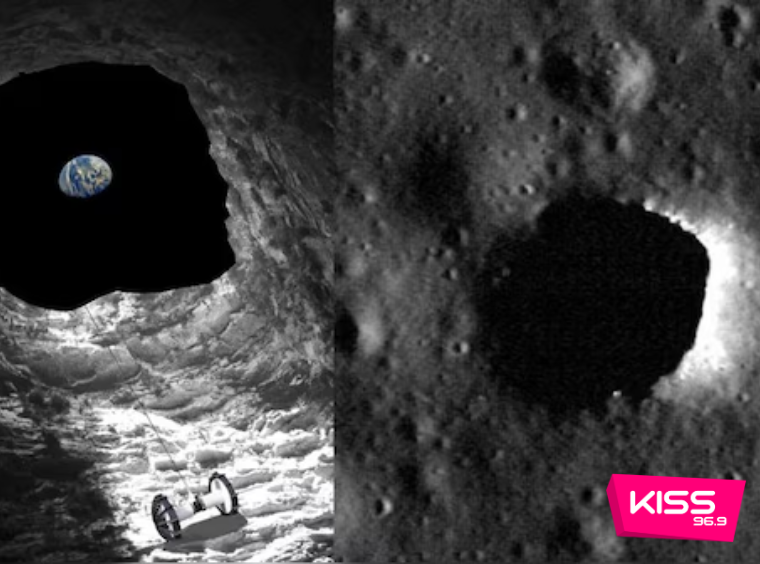Moon Mission Gets a Major Boost: Cave Discovery Offers Potential Shelter for Astronauts

Space exploration just got a whole lot more exciting! Scientists have confirmed the existence of a sizeable cave on the Moon, potentially offering a game-changer for future human
missions. The discovery, detailed in a recent Nature Astronomy study, has sent shockwaves through the spacefaring community.
The cave, located near the landing site of the Apollo 11 mission, is connected to a giant pit previously identified by NASA’s Lunar Reconnaissance Orbiter (LRO). Italian researchers used radar data to map the cave’s structure, revealing a vast underground cavity accessible through the pit.
This discovery holds immense significance for lunar exploration. Lunar caves offer a natural habitat that could shield astronauts from the harsh realities of the lunar surface. The Moon lacks a protective atmosphere, exposing explorers to dangerous levels of radiation and micrometeorite bombardment.
Building a habitat on the Moon from scratch would be a complex and time-consuming endeavour. A pre-existing cave, however, presents a more feasible and potentially safer option. Reinforcement might be necessary to ensure structural stability, but the cave offers a natural starting point for establishing a lunar base.
While setting up a lunar cave base is still years, if not decades, down the line, this discovery marks a significant leap forward. The prospect of a natural shelter on the Moon paves the way for more sustainable and potentially longer-term human settlements on our celestial neighbour.
The lunar cave discovery is a testament to the ongoing advancements in space exploration technology. As we delve deeper into the mysteries of the Moon, one thing is certain: the future of lunar exploration is looking brighter than ever.
